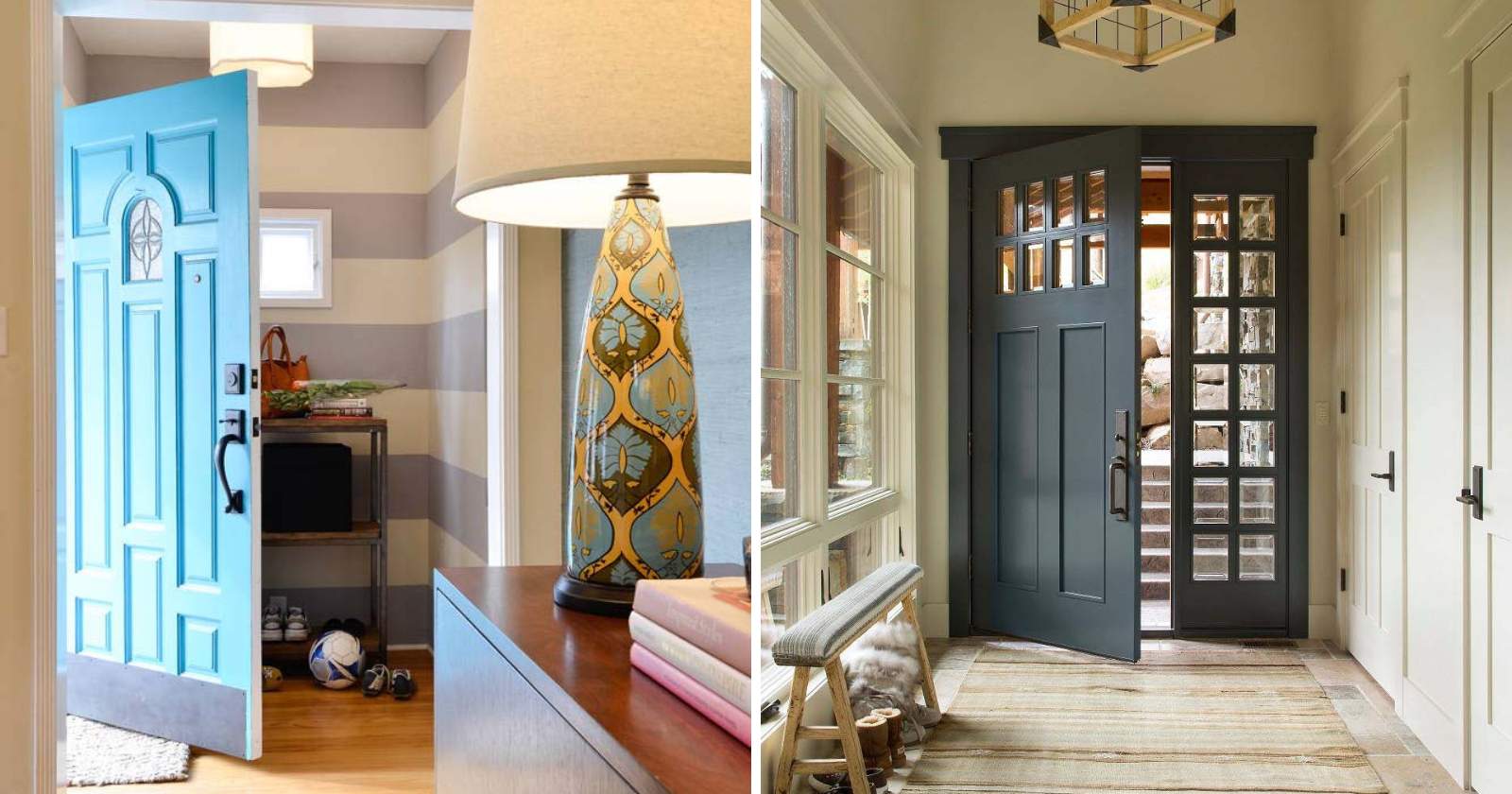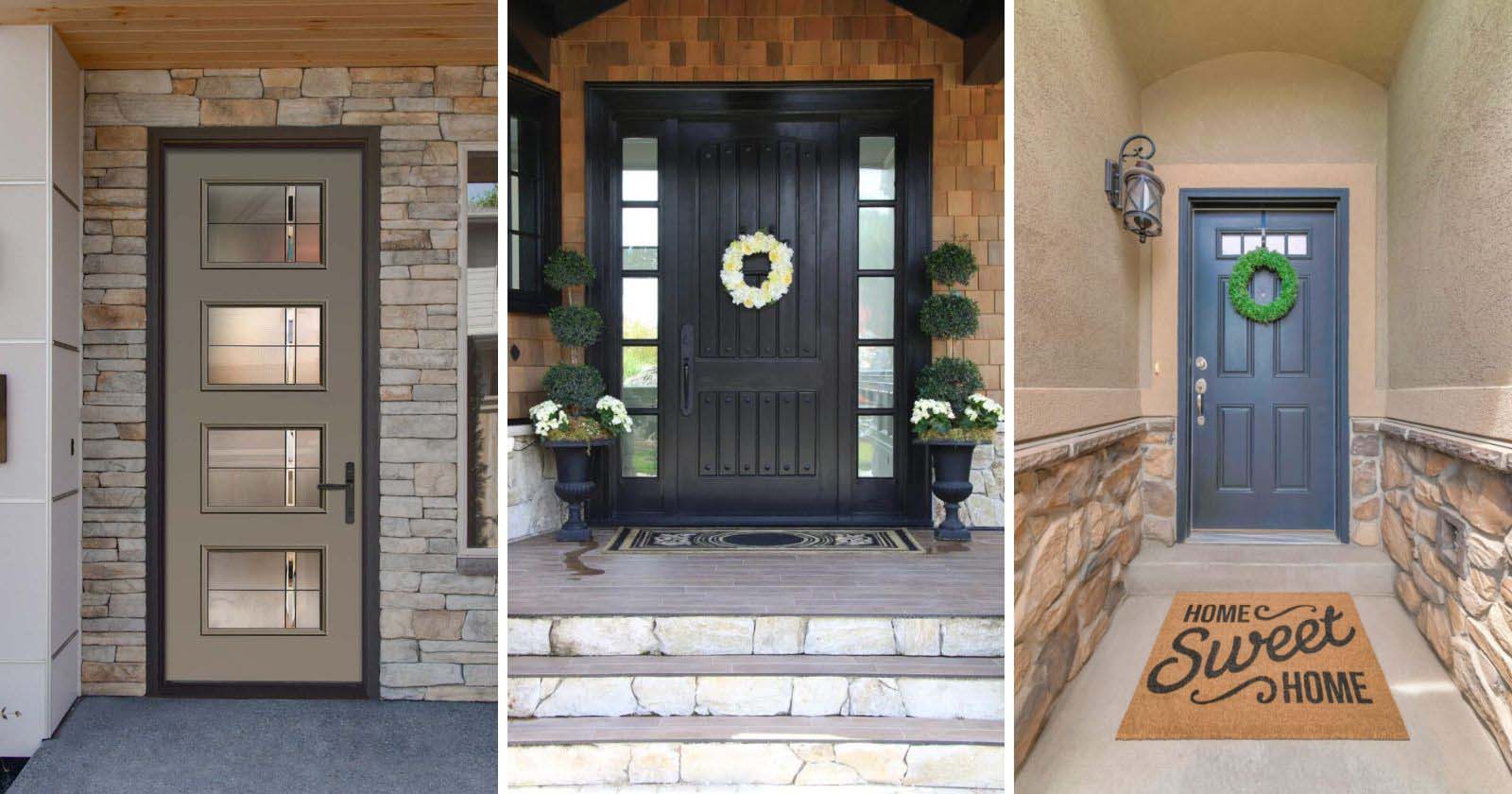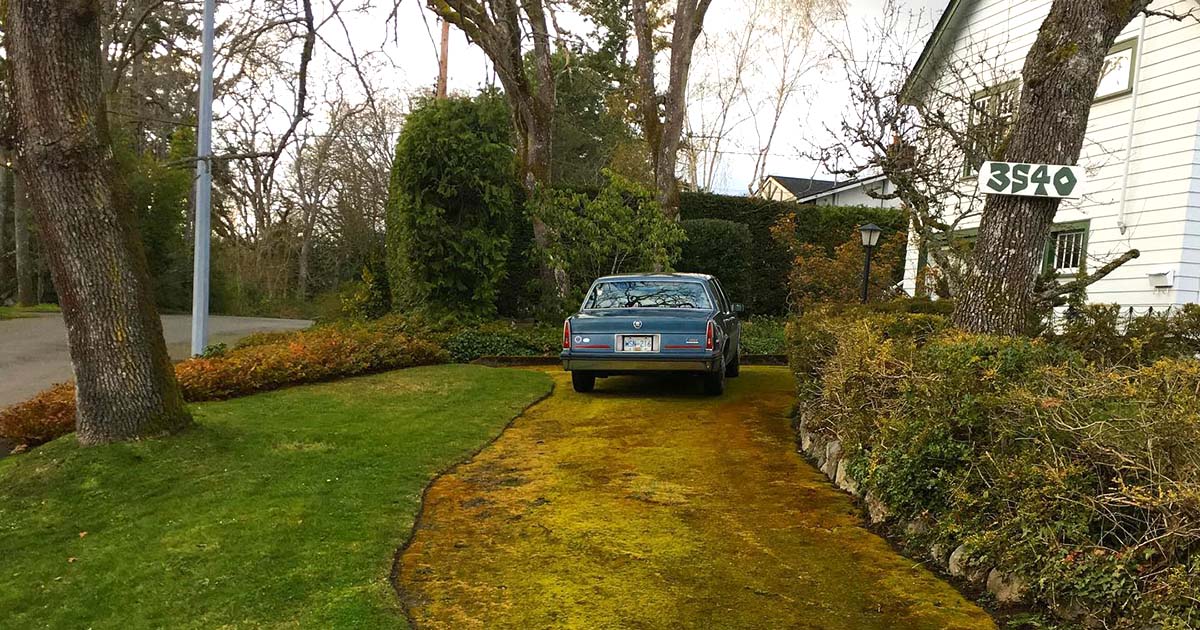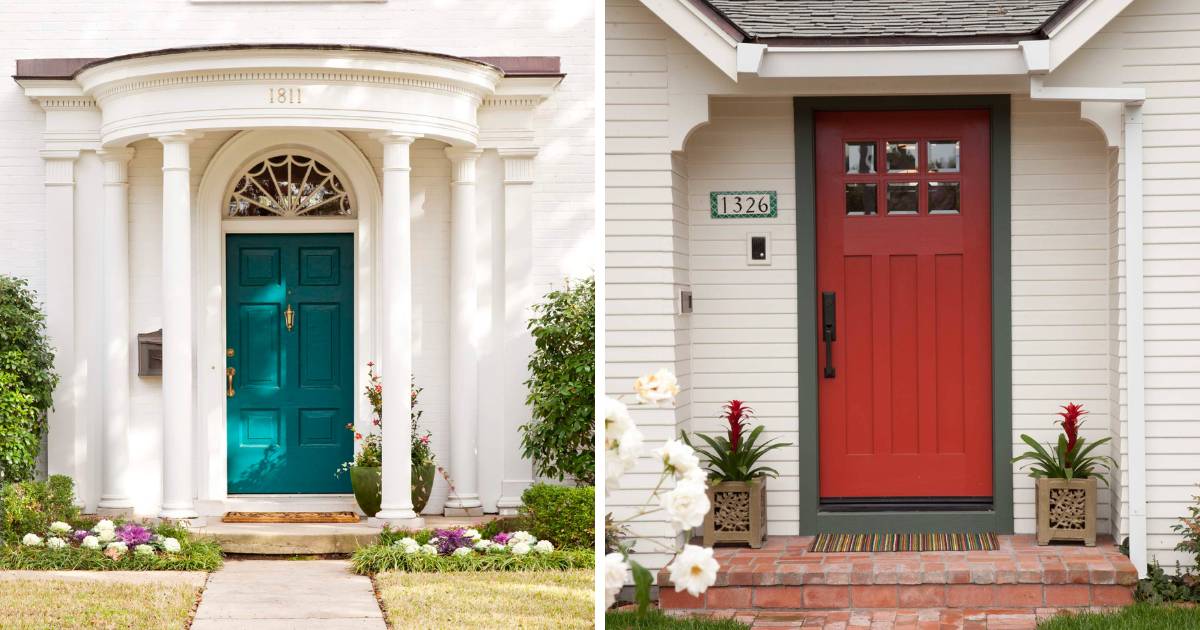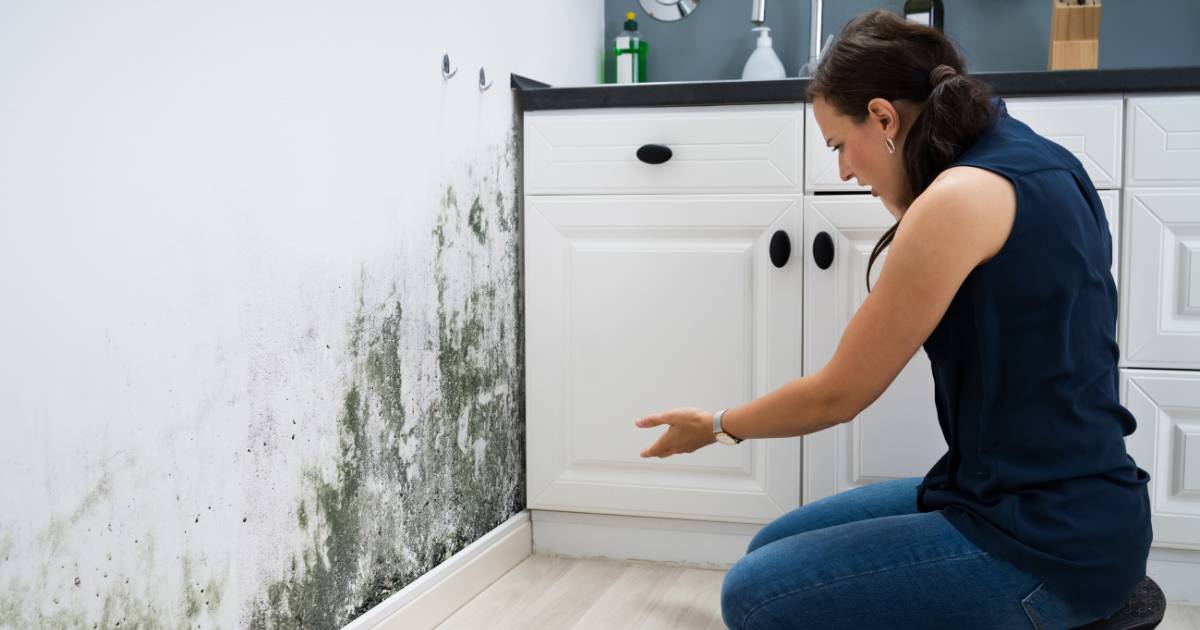Eliminate unsightly and potentially dangerous mold from the bathroom and other areas prone to moisture by utilizing these simple techniques.
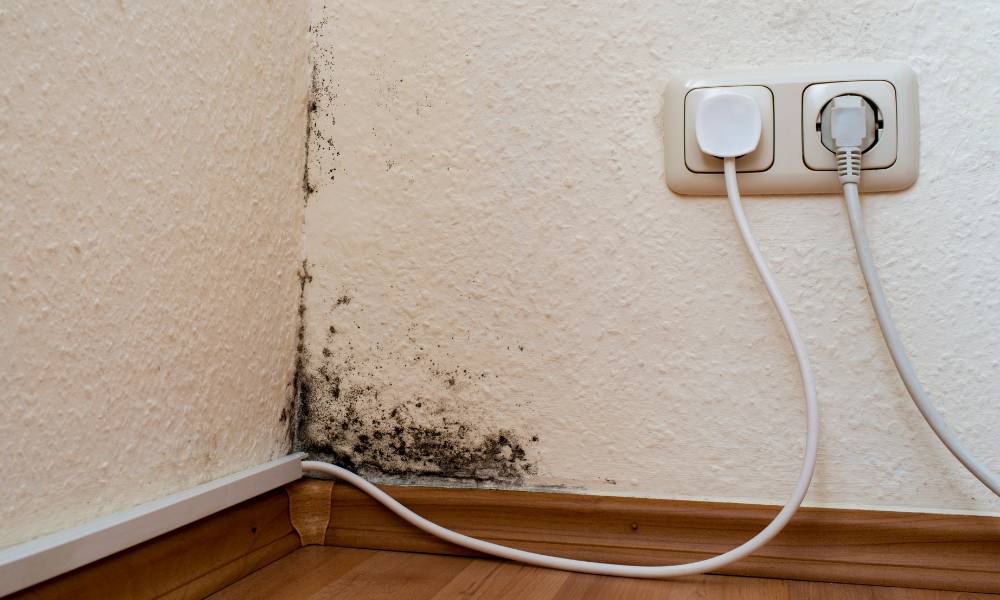
Mold on walls can be a common problem for homeowners, especially in areas with high humidity or moisture. Not only is it unsightly, but it can also pose a health risk if left untreated. Fortunately, there are several ways to remove mold on walls and prevent it from returning.
One effective method is using bleach. According to Bob Vila, you can let the bleach soak into the mold on the walls for several minutes, then use a scrub brush to remove the stains. If the stains are extensive or deep, you may need to repeat the process to remove all the mold.
Another option is to use a solution of dishwashing liquid, chlorine bleach, and warm water. The Spruce recommends mixing these ingredients in a spray bottle and using it to clean a small area of mold. The dishwashing liquid helps the solution cling to the wall longer to kill the mold spores. However, it’s important to use caution when using bleach and to ventilate the area to avoid inhaling fumes properly.
Identifying Mold on Walls
If you suspect that you have mold on your walls, it’s essential to confirm the presence of mold before attempting to remove it. Here are some tips to help you identify mold on your walls:
Visual Signs of Mold
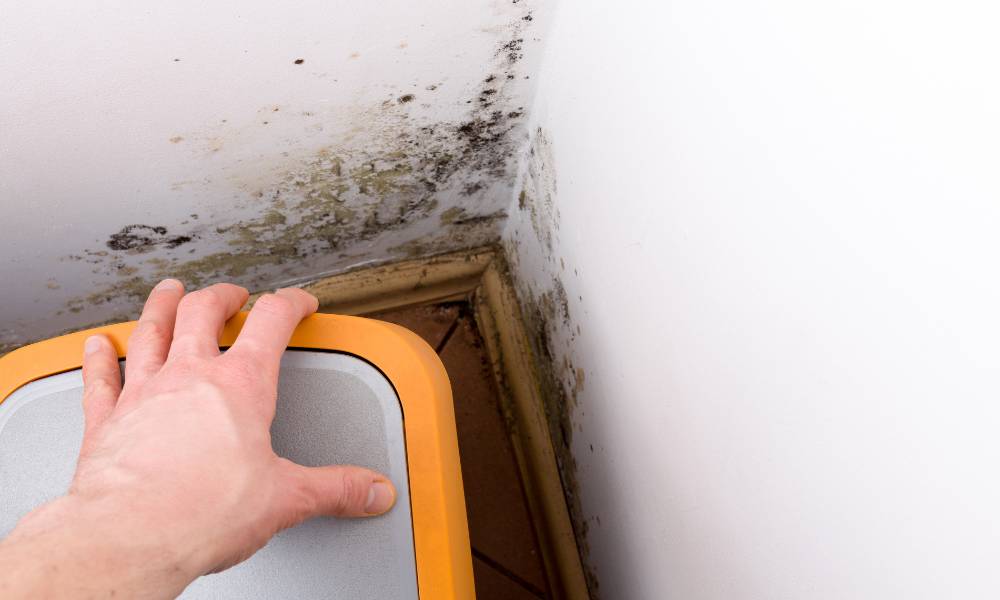
The most obvious sign of mold on walls is visible growth. Mold can appear in various colors and textures, including black, green, white, gray, and brown. It can also appear fuzzy, slimy, or powdery. You likely have mold if you notice any of these growths on your walls.
Another visual sign of mold is discoloration. Mold can cause walls to appear yellow, brown, or greenish. If you notice any discoloration on your walls, it’s worth investigating further to determine if mold is the cause.
Health Risks of Mold
In addition to visual signs, mold can also have negative health effects. Mold exposure can cause various symptoms, including coughing, wheezing, and nasal congestion. Some people may also experience skin irritation or eye irritation. If you or someone in your household is experiencing these symptoms, further investigation is crucial to determine if mold is the cause.
It’s also worth noting that some types of mold can be more harmful than others. For example, black mold (also known as Stachybotrys chartarum) is known to produce mycotoxins that can cause serious health problems. If you suspect you have black mold on your walls, it’s important to immediately remove it.
Causes of Mold on Walls
Humidity and Moisture
Mold thrives in moist environments, making bathrooms, kitchens, and basements susceptible to mold growth. High humidity levels can also contribute to mold growth, especially in areas with poor ventilation. When moisture accumulates on walls, mold spores can easily grow and spread.
Poor Ventilation
If your home has poor ventilation, it can lead to a buildup of moisture and humidity, which can cause mold to grow. Without adequate airflow, moisture can become trapped in your walls, ceilings, and floors, creating a perfect breeding ground for mold.
Water Leaks
Water leaks from pipes, roofs, or windows can cause mold to grow on walls. Even small leaks can lead to significant mold growth if left untreated. If you notice water stains or discoloration on your walls, it’s important to address the issue immediately to prevent mold growth.
Preventing Mold on Walls
Mold on walls can be a real problem, but it’s not inevitable. With a few simple steps, you can reduce the chances of mold growth and keep your walls clean and healthy. Here are some tips to help you prevent mold on walls:
Reduce Humidity and Moisture
Mold thrives in damp environments, so the first step in preventing mold on walls is to reduce humidity and moisture. Here are some ways to do that:
- Use a dehumidifier to keep humidity levels below 60 percent.
- Fix any leaks in plumbing or roofing to prevent water damage.
- Avoid over-watering indoor plants, and make sure they have good drainage.
- Wipe down surfaces that get wet regularly, such as shower walls and doors, to prevent moisture buildup.
Improve Ventilation
Good ventilation is essential for preventing mold on walls. Here are some ways to improve ventilation:
- Open windows and doors to let in the fresh air.
- Use exhaust fans in bathrooms and kitchens to remove moisture and steam.
- Make sure air conditioning and heating systems are properly maintained and functioning.
- Avoid blocking air vents with furniture or other objects.
Fix Water Leaks
Water leaks can lead to mold growth, so fixing them as soon as possible is important. Here are some tips for fixing water leaks:
- Check for leaks in pipes, faucets, and appliances regularly.
- Repair any leaks as soon as you notice them.
- Replace any damaged or worn-out plumbing fixtures.
- Inspect your roof for leaks and repair any damage promptly.
How to Get Rid of Mold on Walls
Materials Needed
Before you begin, make sure you have the following materials:
- Bleach
- Distilled white vinegar
- Hydrogen peroxide
- Borax
- Tea tree oil
- Grapefruit seed extract
- Baking soda
- Scrub brush
- Microfiber cloth or sponge
Steps to Remove Mold
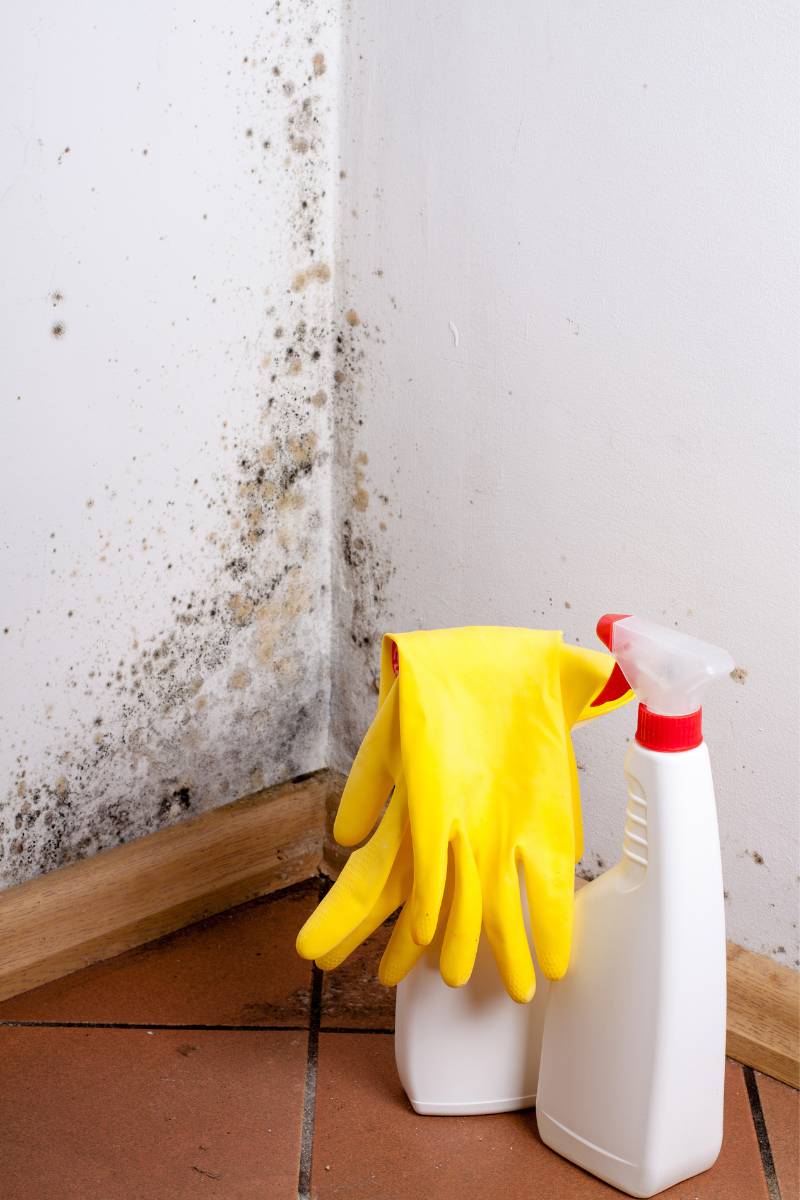
Follow these steps to get rid of mold on walls:
- Identify the cause of the mold and fix any water problems to prevent future mold growth.
- Prepare the room by opening windows for ventilation and covering nearby surfaces to protect them from bleach or other cleaning solutions.
- Use bleach: Mix one cup of bleach with one gallon of water. Apply the solution to the moldy area with a scrub brush and let it sit for several minutes. Scrub the area and rinse with water. Repeat as necessary.
- Use vinegar: Spray the mold with 100 percent distilled white vinegar, wipe away the mold with a microfiber cloth or sponge, and allow the area to air-dry. Repeat as necessary.
- Use hydrogen peroxide: Mix one part hydrogen peroxide with two parts water. Apply the solution to the moldy area with a scrub brush and let it sit for several minutes. Scrub the area and rinse with water. Repeat as necessary.
- Use borax: Mix one cup of borax with one gallon of water. Apply the solution to the moldy area with a scrub brush and let it sit for several minutes. Scrub the area and rinse with water. Repeat as necessary.
- Use tea tree oil: Mix one teaspoon of tea tree oil with one cup of water. Apply the solution to the moldy area with a spray bottle and let it sit for several minutes. Scrub the area and rinse with water. Repeat as necessary.
- Use grapefruit seed extract: Mix 20 drops of grapefruit seed extract with two cups of water. Apply the solution to the moldy area with a spray bottle and let it sit for several minutes. Scrub the area and rinse with water. Repeat as necessary.
- Use baking soda: Mix one teaspoon of baking soda into two cups of water. Spray the solution on the wall and use a brush to remove the mold. Additional spraying will kill any remaining mold.
Remember to wear gloves and protective eyewear when cleaning mold. If the mold problem is extensive or you are unsure of how to proceed, consider consulting a professional mold remediation service.
When to Call a Professional
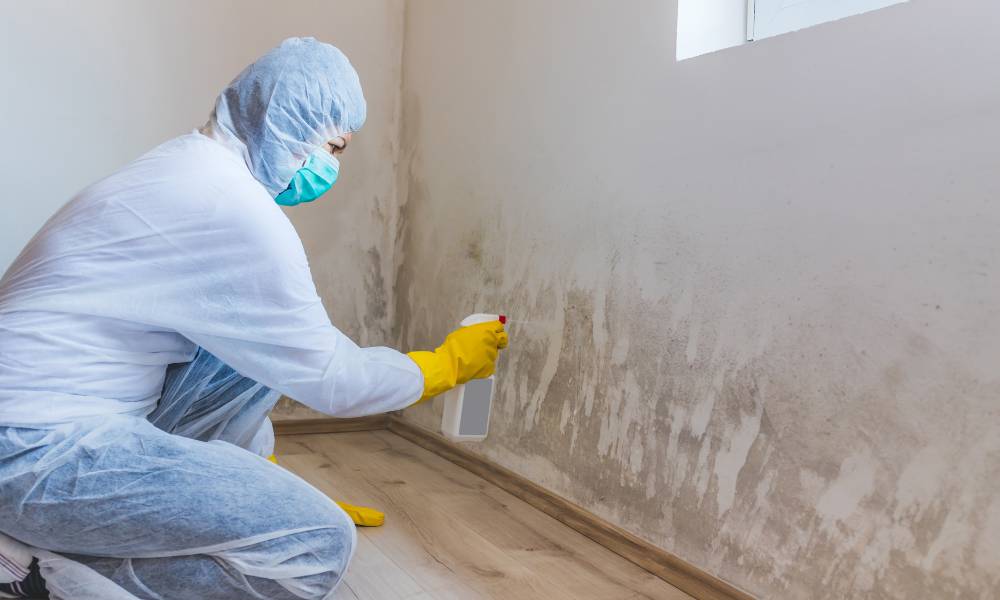
While there are several DIY methods to remove mold on walls, sometimes it is best to call in a professional if the mold problem is severe. Here are some situations when you should consider hiring a professional:
- If the mold covers a large wall area or has spread to other parts of the house.
- If you have tried DIY methods and the mold keeps coming back.
- If the mold is toxic or black mold.
- If you or anyone in your household has respiratory problems or allergies.
Professional mold remediation companies have the equipment and expertise to handle severe mold problems. They can also identify the source of the mold and provide recommendations to prevent it from recurring.
It is important to note that hiring a professional can be expensive. The cost of mold remediation depends on the problem’s extent and the affected area’s size. Before hiring a professional, get multiple quotes and compare their services and prices.
Conclusion
Cleaning mold off walls can be daunting, but it is important to do so for the health and safety of you and your family. With the right cleaning solutions and tools, you can easily remove mold from your walls and prevent it from returning.
Always wear protective gear, such as gloves and a mask, when cleaning the mold. Use a solution of bleach and water, or a commercial mold cleaner, to scrub the affected area. If the mold has spread inside the walls, hiring a professional to remove it may be necessary.
Preventing mold from growing in the first place is the best way to avoid dealing with it. Keep your home well-ventilated and dry, fix any leaks or water damage immediately, and regularly clean and disinfect areas that are prone to moisture, such as bathrooms and kitchens.
By following these tips, you can keep your home mold-free and ensure a healthy living environment for you and your loved ones.

